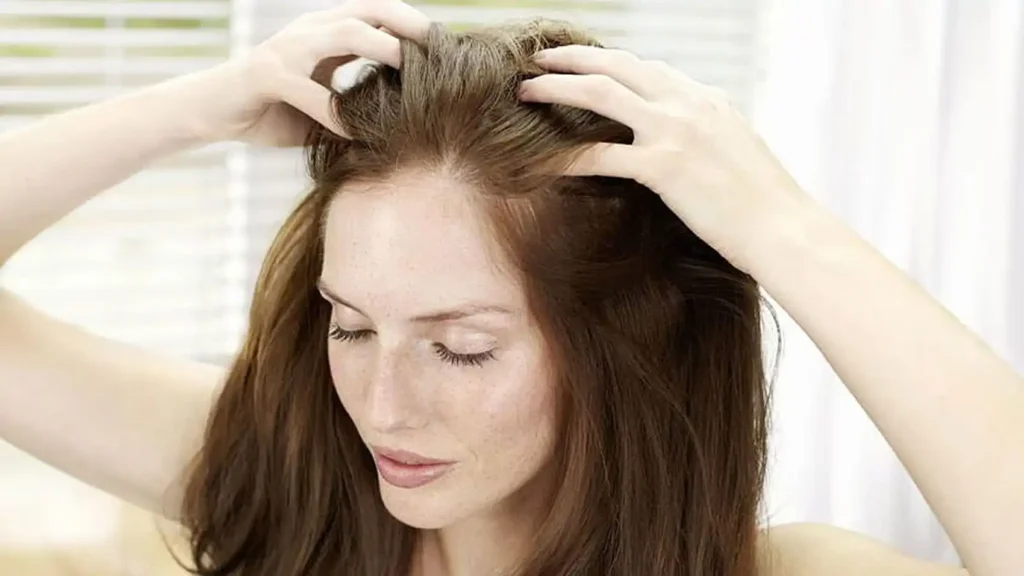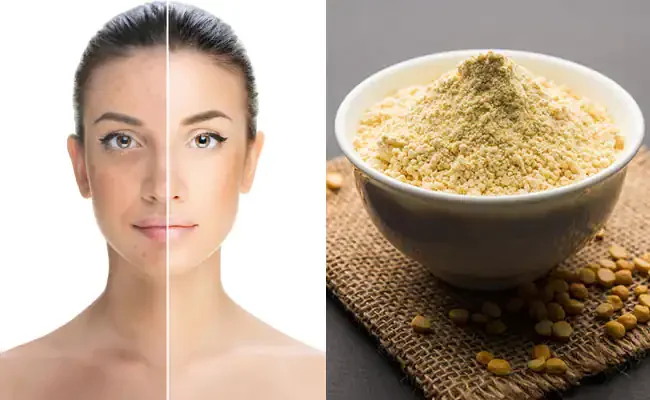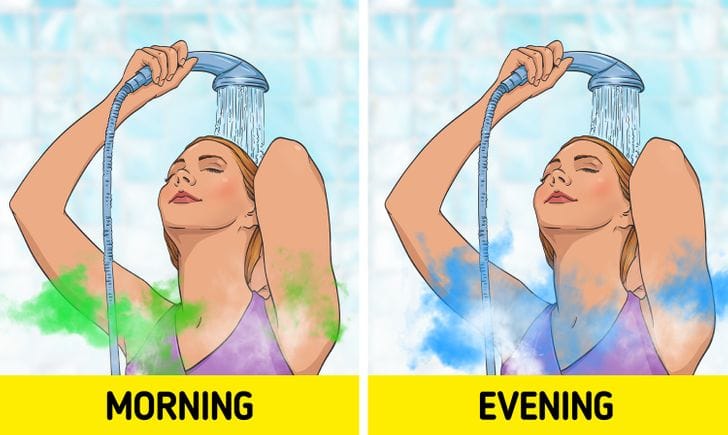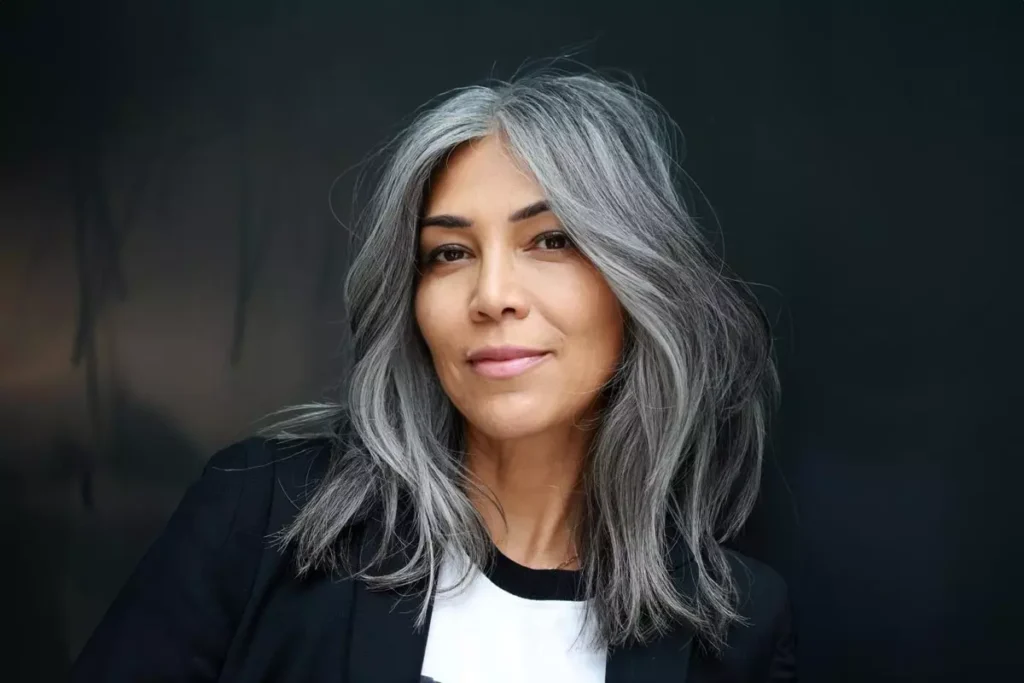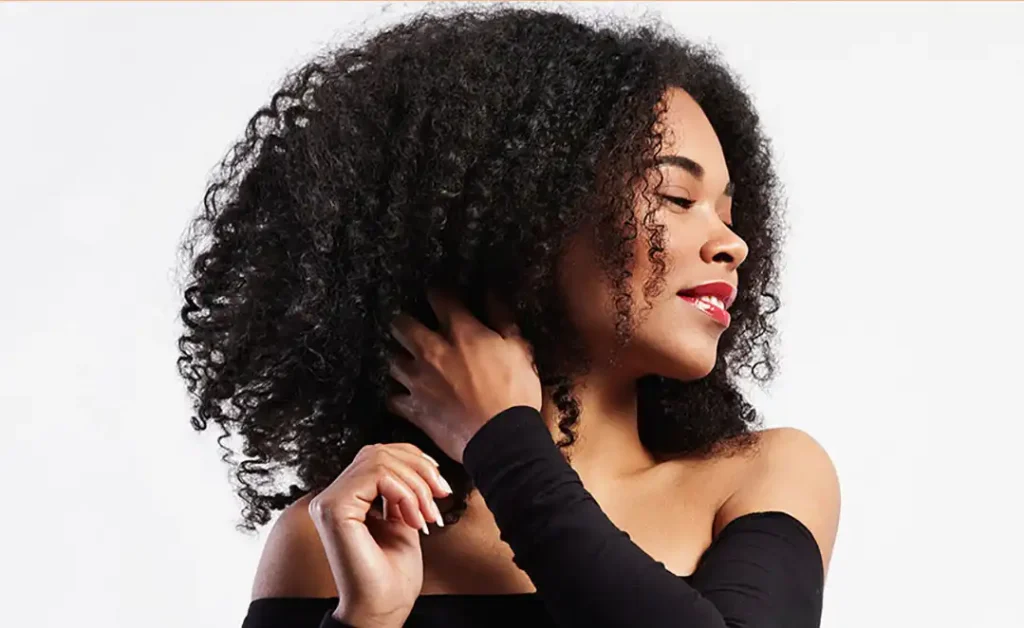How to Stop Damaging Your Hair
Hair care is crucial not only for maintaining a polished appearance but also for ensuring the long-term health of your hair. Many common habits, often practiced without a second thought, can lead to significant hair damage. Understanding these damaging practices and learning how to avoid them can help you maintain strong, healthy, and beautiful hair. In this article, we’ll explore the causes of hair damage and provide dermatologist-approved tips to prevent further harm. Prevent hair damage
Understanding Hair Damage
What Causes Hair Damage?
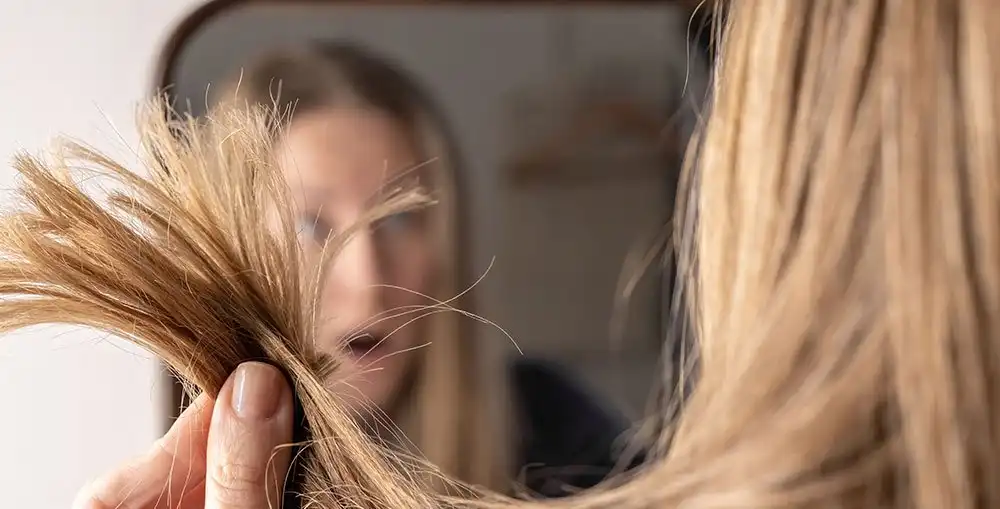
Hair damage can result from various factors, including environmental, mechanical, and chemical influences.
- Environmental Factors: Sun exposure, pollution, and harsh weather conditions can weaken hair, leading to dryness and breakage.
- Mechanical Factors: Brushing, styling, and the use of heat tools can cause physical damage to the hair shaft.
- Chemical Factors: Frequent dyeing, perming, and relaxing can alter the hair’s structure, making it more susceptible to damage.
Signs of Damaged Hair

Identifying damaged hair is the first step in addressing the problem. Look for the following signs:
- Split Ends: Hair tips split into two or more fragments.
- Frizziness: Hair that appears dry and lacks smoothness.
- Breakage: Short, broken pieces of hair throughout your head.
- Dullness: Hair that lacks shine and appears lifeless.
Common Hair-Damaging Practices and How to Avoid Them
Heat Styling
Frequent use of blow dryers, flat irons, and curling irons can strip moisture from your hair, leading to weak, brittle strands.
Tips to Minimize Heat Damage:
- Use Heat Protectant Products: Always apply a heat protectant spray before using any heat styling tools.
- Limit Heat Styling Frequency: Try to limit the use of heat tools to once or twice a week.
- Opt for Lower Temperature Settings: Use the lowest effective heat setting to achieve your desired style. Prevent hair damage
Tight Hairstyles
Hairstyles that pull tightly on your scalp, such as ponytails, braids, and buns, can cause hair breakage and traction alopecia.
Healthier Hairstyle Alternatives:
- Loose Braids: Opt for looser styles that don’t pull on the scalp.
- Fabric-Covered Hair Ties: Use gentle hair ties that reduce stress on your hair.
- Low Ponytails: Position ponytails lower on your head to minimize tension.
Handling Wet Hair
Hair is more vulnerable when wet, making it prone to stretching and breaking.
Best Practices for Wet Hair:
- Use a Wide-Tooth Comb: Detangle wet hair with a wide-tooth comb to prevent breakage.
- Pat Dry with a Soft Towel: Gently pat your hair dry with a soft towel instead of rubbing it.
- Avoid Brushing Wet Hair: Let your hair dry partially before brushing.
Chemical Treatments
Frequent coloring, perming, or relaxing can weaken your hair’s structure, making it more prone to damage.
Safe Chemical Treatment Practices:
- Space Out Treatments: Allow ample time between chemical treatments to let your hair recover.
- Professional Application: Seek professional help for chemical treatments to minimize damage.
- Deep Conditioning Treatments: Regularly use deep conditioning treatments to restore moisture and strength.
Sun Damage
UV rays can damage your hair, making it dry and brittle.
Sun Protection for Hair:
- Wear Hats or Scarves: Protect your hair by wearing hats or scarves when exposed to the sun.
- Use Products with UV Filters: Apply hair products that contain UV filters to shield your hair from sun damage.
- Limit Sun Exposure: Try to stay in the shade or indoors during peak sun hours.
Over-Washing Hair
Washing your hair too often can strip it of natural oils, leading to dryness and frizz.
Finding the Right Washing Frequency:
- Adjust Based on Hair Type: Tailor your washing routine to your hair type; oily hair may need more frequent washing, while dry hair needs less.
- Use Sulfate-Free Shampoos: Choose gentle, sulfate-free shampoos that don’t strip your hair’s natural oils.
- Condition Regularly: Use conditioner after every wash to maintain moisture balance.
Using Inappropriate Products
Using shampoos and conditioners not suited for your hair type can cause damage over time.
Product Selection Tips:
- Match Products to Hair Type: Choose products specifically designed for your hair type (e.g., color-treated, curly, or fine hair).
- Avoid Harsh Ingredients: Stay away from products containing sulfates, parabens, and alcohol.
- Regularly Switch Products: Rotate between different products to prevent your hair from becoming accustomed to a single formula.
Hair Accessories
Accessories like hairpins, clips, and elastics can cause breakage if used excessively.
Gentle Hair Accessories:
- Fabric-Covered Elastics: Use gentle, fabric-covered elastics that are less likely to damage your hair.
- Avoiding Metal Clips: Choose hair accessories made of soft materials to reduce breakage.
- Using Soft Hairbands: Opt for soft hairbands that don’t pull on your hair.
Brushing Techniques
Over-brushing or using the wrong type of brush can lead to hair breakage.
Proper Brushing Methods:
- Use a Natural Bristle Brush: A natural bristle brush is gentler on your hair.
- Avoid Over-Brushing: Brush your hair only as needed to detangle and style.
- Brush Gently: Be gentle while brushing to prevent breakage.
Regular Trims
Split ends can travel up the hair shaft, causing more damage.
Trimming Schedule:
- How Often to Trim: Get regular trims every 6-8 weeks to keep ends healthy.
- Signs You Need a Trim: Schedule a trim when you notice split ends or your hair becoming difficult to manage.
Additional Tips for Healthy Hair
Diet and Hydration

Your diet and hydration levels play a significant role in hair health.
Foods for Healthy Hair:
- Proteins, Vitamins, and Minerals: Include foods rich in proteins, vitamins (especially A, C, and E), and minerals (such as zinc and iron) in your diet.
- Importance of Staying Hydrated: Drink plenty of water to keep your hair hydrated from within.
Avoiding Stress
Stress can affect your hair health, leading to hair loss and damage.
Stress Management Techniques:
- Relaxation Exercises: Practice relaxation techniques such as yoga and meditation.
- Adequate Sleep: Ensure you get enough sleep to reduce stress levels.
Choosing the Right Pillowcase
Using the right pillowcase can reduce friction and protect your hair.
How Pillowcases Affect Hair:
- Reduced Friction: Silk or satin pillowcases create less friction, reducing hair breakage.
- Moisture Retention: These materials help retain your hair’s natural moisture.
Conclusion
Adopting healthy hair-care habits and being mindful of the products and tools you use can significantly reduce hair damage. By following these dermatologist-recommended tips, you can maintain strong, healthy, and beautiful hair. Share your own hair-care tips and experiences in the comments below.
Call to Action
- Subscribe: For more hair-care tips and updates, subscribe to our blog.
- Follow Us on Social Media: Stay connected with us on social media for regular updates and tips. Prevent hair damage
Discover more hair trends:
- The Top Blow Dryer Brushes of 2024
- WHAT IS A BUTTERFLY HAIRCUT? TIKTOK’S VIRAL HAIRCUT TREND
- Warm and Buttery Hair Color Trends Dominate 2024’s Best Looks
- Follow us on Facebook
- Follow us on Pinterest

